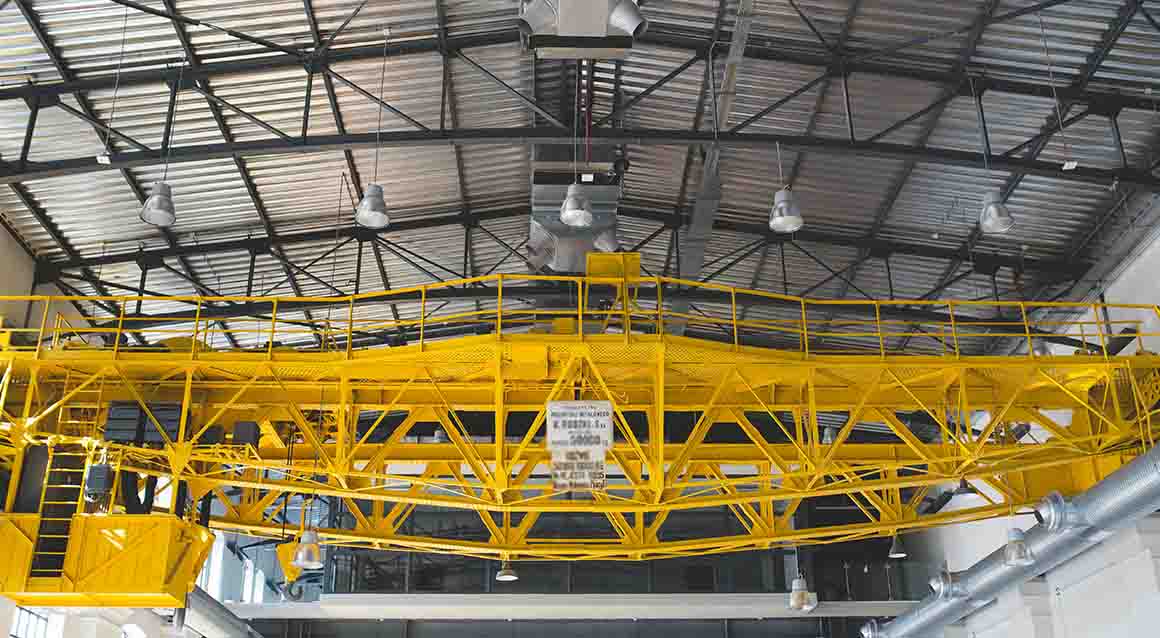
Gantry Installation
Gantry installation, a feat of engineering and precision, represents the orchestration of structural components to create towering frameworks that serve diverse purposes across various industries. From manufacturing and construction to transportation and infrastructure, gantries stand as symbols of both functional design and technical prowess.
At the heart of gantry installation is the meticulous planning that precedes the physical assembly. Engineers and planners delve into a thorough analysis of the project requirements, considering factors such as load-bearing capacities, environmental conditions, and the specific purpose of the gantry. Whether it's a heavy-duty gantry crane for industrial lifting or an architectural gantry for aesthetic and structural purposes, the planning phase lays the groundwork for a successful installation.
The choice of materials is a critical facet in gantry installation. Steel, aluminum, and composite materials are common choices, each selected based on factors like strength, weight, and resistance to environmental elements. The material selection aligns with the intended function of the gantry, ensuring durability and longevity in the face of the challenges posed by the operating environment.
The actual installation process unfolds as a choreography of precision and coordination. Gantry components, often fabricated off-site, are transported to the installation site with careful consideration for logistical challenges. The assembly itself is a blend of engineering finesse and hands-on craftsmanship. Whether it's a large-scale industrial gantry or a sleek architectural structure, the alignment of components, welding, and securing of bolts demand a high level of skill and attention to detail.
Safety is paramount throughout the gantry installation process. Assembling structures that often reach significant heights introduces inherent risks, necessitating strict adherence to safety protocols. Harnessing, fall protection measures, and comprehensive safety training for the installation crew are imperative to mitigate potential hazards. The goal is not just the successful completion of the gantry but the well-being of those instrumental in its construction.
In the realm of industrial applications, gantry installation frequently involves the integration of specialized equipment, such as cranes and hoists, to hoist heavy components into position. Precision in alignment and leveling is crucial to ensure the gantry functions optimally and meets the specified load requirements. The calibration of motors and control systems adds another layer of complexity, requiring a harmonious collaboration between mechanical and electrical expertise.
Beyond the functional aspects, gantry installation often carries aesthetic considerations, particularly in architectural and urban contexts. Architectural gantries, for example, may serve dual roles as both functional supports and artistic expressions. The integration of design elements, finishes, and lighting further underscores the intersection of engineering and creativity in the installation process.
Gantry installations are landmarks in the development of infrastructure. They serve as pillars that support the functionality and progress of industries, facilitating the movement of heavy loads, enabling construction at great heights, and contributing to the efficiency of logistical operations. In urban settings, architectural gantries become iconic features, shaping the skyline and reflecting the innovation and vision of city planners and architects.
In conclusion, gantry installation is a testament to the marriage of form and function, where engineering prowess converges with meticulous planning and craftsmanship. These structures, whether towering industrial cranes or aesthetically pleasing architectural gantries, embody the human capacity to shape the physical world to meet our evolving needs. As technology advances and industries continue to grow, the art and science of gantry installation will remain a cornerstone in the construction and development of our built environment.






